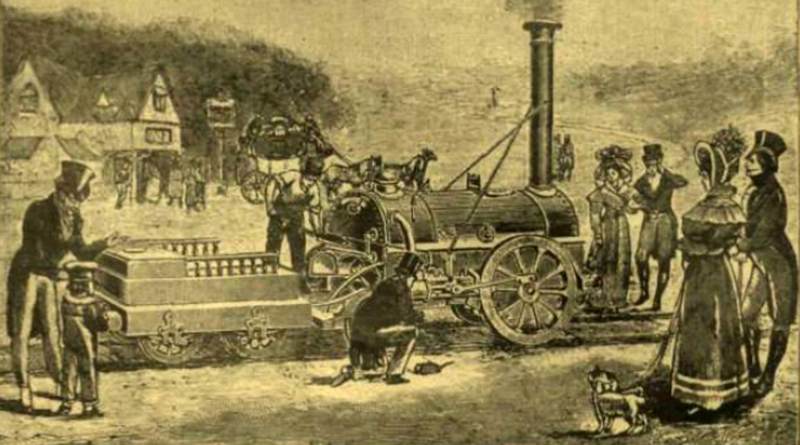Industrial Revolution

What was the Industrial Revolution?
The Industrial Revolution was a period of major industrialization that took place during the late 1700s and early 1800s. The Industrial Revolution began in Great Britain and quickly spread throughout the world; the American Industrial Revolution, commonly referred to as the second Industrial Revolution, started sometime between 1820 and 1870. This time period saw the mechanization of agriculture and textile manufacturing and a revolution in power, including steam ships and railroads, that effected social, cultural and economic conditions.
BREAKING DOWN Industrial Revolution
Although the Industrial Revolution occurred approximately 200 years ago, it is a period in time that left a profound impact on how people lived and the way businesses operated. Arguably, factory systems developed during the Industrial Revolution are responsible for the creation of capitalism and the modern cities of today. Production efficiency improved during the Industrial Revolution with inventions such as the steam engine, which dramatically reduced the time it took to manufacture products. More efficient production subsequently reduced prices for products, primarily due to lower labor costs. Cheaper steel prices encouraged the development of infrastructure such as railroads and bridges during the American Industrial Revolution.
Increased Employment and Innovation
The Industrial Revolution created an increase in employment opportunities. As factories became more prolific, managers and employees were required to operate them; this had a flow-on effect of new and innovative products emerging. Increased innovation led to higher levels of motivation and education that resulted in several ground-breaking inventions that are still used today such as the telephone, X-ray, lightbulb, calculator and anesthesia. The Industrial Revolution improved people’s lives. Due to Industrial Revolution advancements, there were improvements in nutrition, health care and education.
Pitfalls of the Industrial Revolution
Several major pitfalls developed as the Industrial Revolution progressed. There was a reduction in agriculture as people were abandoning their farms to work in city factories where they could earn a higher income. This led to a shortage a food produced on farms. Increased pollution was a pitfall of the Industrial Revolution. Before the sharp increase in factory numbers, there was a limited amount of pollution generated in the world as production was predominantly manual. The Industrial Revolution provided an incentive to increase profits, and as a result, working conditions in factories deteriorated. Long hours, inadequate remuneration and minimal breaks became the norm. This subsequently led to health issues for many factory workers. Labor movements in the United States developed momentum from the late 19th century in response to poor working conditions that developed during the Industrial Revolution.





nice information.......
ReplyDeleteखूप छान माहिती आहे
ReplyDeletenice......thank u for sharing
ReplyDelete